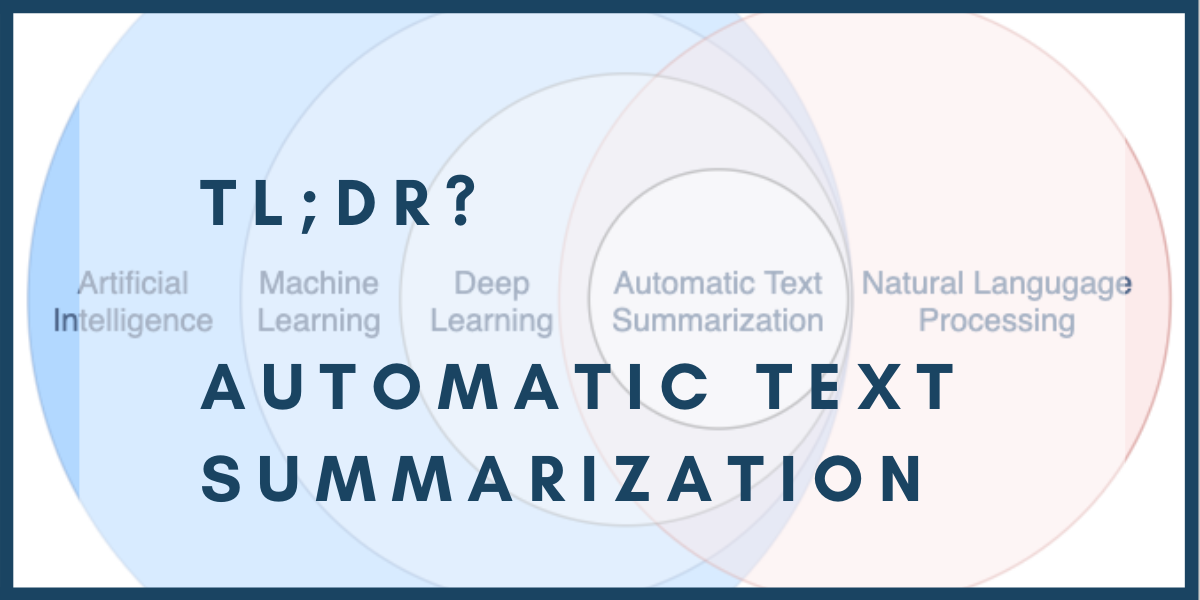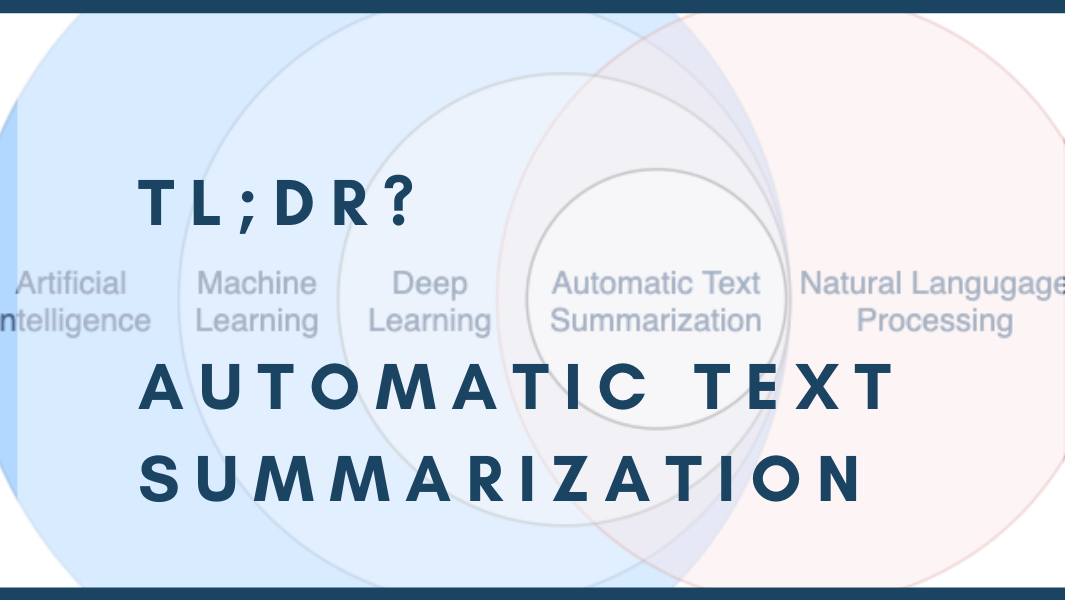全网最详细中英文ChatGPT-GPT-4示例文档-TL;DR文档快速总结应用从0到1快速入门——官网推荐的48种最佳应用场景(附python/node.js/curl命令源代码,小白也能学)

ChatGPT是目前最先进的AI聊天机器人,它能够理解图片和文字,生成流畅和有趣的回答。如果你想跟上AI时代的潮流,你一定要学会使用ChatGPT。如果你想了解OpenAI最新发布的GPT-4模型,以及它如何为ChatGPT聊天机器人带来更强大的功能,那么你一定不要错过OpenAI官网推荐的48种最佳应用场景,不管你是资深开发者、初学者,你都能够从0到1快速入门,并掌握他们。
在这个AI大时代,如果不想被人颠覆,就要先颠覆别人。如果你颠覆不了别人,那你就努力运用ChatGPT提高你的技术水平和创造力。
TL;DR即,Too Long; Didn't Read “太长;“没读过”,用来总结一篇很长的文本或文章。它通常用于互联网上,当人们想快速了解一篇文章的内容而不需要阅读所有内容时。ChatGPT强大的语言快速处理能力,就能为您完成这个需求。它不仅可以帮助您节省时间和精力,还可以帮助您更好地理解文章的内容。
Introduce 简介
TL;DR summarization TL;DR总结
Summarize text by adding a 'tl;dr:' to the end of a text passage. It shows that the API understands how to perform a number of tasks with no instructions.
通过添加'tl;dr:“到一段文字的结尾。它表明API理解如何在没有指令的情况下执行大量任务。
setting 设置
Engine:text-davinci-003
Max tokens:60
Temperature:0.7
Top p:1.0
Frequency penalty:0.0
Presence penalty:1.0
说明:
0、Engine设置定义了你要使用的模型,例如 text-davinci-003是一个文本生成模型。这种模型可以根据输入的文本,生成新的、相关的文本。
1、Max tokens是指在请求中最多允许返回的 token 数目,比如你可以指定 chatGPT 返回最多60个 token。这可以帮助你控制输出的内容大小,以便更好地控制响应速度和结果。一般1个token约4个字符或者0.75个单词
2、Temperature是一个参数,用于控制 chatGPT 的输出。它决定了 chatGPT 在生成文本时会多么“随意”。值越高,chatGPT 生成的文本就越不可预测;值越低,chatGPT 生成的文本就越可预测。它在0.0到2.0之间,Temperature设置为0意味着ChatGPT将会生成更加保守的回复,即更少的随机性和更多的准确性,这可以帮助你在聊天中更好地控制语义,并且可以防止ChatGPT产生不相关的内容。通常建议更改此值或Top P,但不要同时更改这两个值。
3、Top p是随温度采样的替代方案,称为核采样,其中模型考虑具有top_p概率质量的标记的结果。因此0.1意味着仅考虑包括前10%概率质量的记号。通常建议更改此值或temperature,但不要同时更改这两个值。
4、Frequency penalty是指在训练时,模型会根据词频来调整每个单词的重要性。它可以帮助模型更好地理解文本,并减少过拟合。介于-2.0和2.0之间的数字。正值会根据新标记在文本中的现有频率惩罚新标记,从而降低模型逐字重复同一行的可能性。Frequency penalty设置为0意味着模型不会对重复的词进行惩罚。它可以帮助模型生成更多的新词,而不是重复使用已有的词。
5、Presence penalty是指在ChatGPT中,一些预先定义的条件或者状态可能会影响机器人回答的质量,介于-2.0和2.0之间的数字。正值会根据新标记到目前为止是否出现在文本中来惩罚它们,从而增加模型谈论新主题的可能性。如果将 Presence penalty 设置为 0,则表示不会有任何惩罚。
Prompt 提示
A neutron star is the collapsed core of a massive supergiant star, which had a total mass of between 10 and 25 solar masses, possibly more if the star was especially metal-rich.[1] Neutron stars are the smallest and densest stellar objects, excluding black holes and hypothetical white holes, quark stars, and strange stars.[2] Neutron stars have a radius on the order of 10 kilometres (6.2 mi) and a mass of about 1.4 solar masses.[3] They result from the supernova explosion of a massive star, combined with gravitational collapse, that compresses the core past white dwarf star density to that of atomic nuclei.
Tl;dr
中子星星是大质量超巨星坍缩的核心,它的总质量在10到25个太阳质量之间,如果恒星特别富含金属,可能会更大。[1]中子星是最小和密度最大的恒星,不包括黑洞和假设的白色、夸克星和奇异星。[2]中子星的半径约为10公里(6.2英里),质量约为1.4太阳质量。[3]它们是由大质量星星的超新星爆炸,加上引力坍缩,将核心压缩超过白色的密度,达到原子核的密度。
Tl;dr
Sample response 回复样本
Neutron stars are the collapsed cores of massive supergiant stars, with a radius of around 10 kilometres and a mass of 1.4 solar masses. They are formed from the supernova explosion of a massive star combined with gravitational collapse, compressing the core beyond white dwarf star density.
中子星是大质量超巨星坍缩的核心,半径约10公里,质量为1.4个太阳质量。它们是由大质量星星的超新星爆炸结合引力坍缩形成的,将核心压缩到白色密度之外。
API request 接口请求
python接口请求示例
import os
import openai
openai.api_key = os.getenv("OPENAI_API_KEY")
response = openai.Completion.create(
model="text-davinci-003",
prompt="A neutron star is the collapsed core of a massive supergiant star, which had a total mass of between 10 and 25 solar masses, possibly more if the star was especially metal-rich.[1] Neutron stars are the smallest and densest stellar objects, excluding black holes and hypothetical white holes, quark stars, and strange stars.[2] Neutron stars have a radius on the order of 10 kilometres (6.2 mi) and a mass of about 1.4 solar masses.[3] They result from the supernova explosion of a massive star, combined with gravitational collapse, that compresses the core past white dwarf star density to that of atomic nuclei.\n\nTl;dr",
temperature=0.7,
max_tokens=60,
top_p=1.0,
frequency_penalty=0.0,
presence_penalty=1
)
node.js接口请求示例
const { Configuration, OpenAIApi } = require("openai");
const configuration = new Configuration({
apiKey: process.env.OPENAI_API_KEY,
});
const openai = new OpenAIApi(configuration);
const response = await openai.createCompletion({
model: "text-davinci-003",
prompt: "A neutron star is the collapsed core of a massive supergiant star, which had a total mass of between 10 and 25 solar masses, possibly more if the star was especially metal-rich.[1] Neutron stars are the smallest and densest stellar objects, excluding black holes and hypothetical white holes, quark stars, and strange stars.[2] Neutron stars have a radius on the order of 10 kilometres (6.2 mi) and a mass of about 1.4 solar masses.[3] They result from the supernova explosion of a massive star, combined with gravitational collapse, that compresses the core past white dwarf star density to that of atomic nuclei.\n\nTl;dr",
temperature: 0.7,
max_tokens: 60,
top_p: 1.0,
frequency_penalty: 0.0,
presence_penalty: 1,
});
curl命令示例
curl https://api.openai.com/v1/completions \
-H "Content-Type: application/json" \
-H "Authorization: Bearer $OPENAI_API_KEY" \
-d '{
"model": "text-davinci-003",
"prompt": "A neutron star is the collapsed core of a massive supergiant star, which had a total mass of between 10 and 25 solar masses, possibly more if the star was especially metal-rich.[1] Neutron stars are the smallest and densest stellar objects, excluding black holes and hypothetical white holes, quark stars, and strange stars.[2] Neutron stars have a radius on the order of 10 kilometres (6.2 mi) and a mass of about 1.4 solar masses.[3] They result from the supernova explosion of a massive star, combined with gravitational collapse, that compresses the core past white dwarf star density to that of atomic nuclei.\n\nTl;dr",
"temperature": 0.7,
"max_tokens": 60,
"top_p": 1.0,
"frequency_penalty": 0.0,
"presence_penalty": 1
}'
json格式示例
{
"model": "text-davinci-003",
"prompt": "A neutron star is the collapsed core of a massive supergiant star, which had a total mass of between 10 and 25 solar masses, possibly more if the star was especially metal-rich.[1] Neutron stars are the smallest and densest stellar objects, excluding black holes and hypothetical white holes, quark stars, and strange stars.[2] Neutron stars have a radius on the order of 10 kilometres (6.2 mi) and a mass of about 1.4 solar masses.[3] They result from the supernova explosion of a massive star, combined with gravitational collapse, that compresses the core past white dwarf star density to that of atomic nuclei.\n\nTl;dr",
"temperature": 0.7,
"max_tokens": 60,
"top_p": 1.0,
"frequency_penalty": 0.0,
"presence_penalty": 1
}
其它资料下载
如果大家想继续了解人工智能相关学习路线和知识体系,欢迎大家翻阅我的另外一篇博客《重磅 | 完备的人工智能AI 学习——基础知识学习路线,所有资料免关注免套路直接网盘下载》
这篇博客参考了Github知名开源平台,AI技术平台以及相关领域专家:Datawhale,ApacheCN,AI有道和黄海广博士等约有近100G相关资料,希望能帮助到所有小伙伴们。



 TL;DR即,Too Long; Didn't Read “太长;“没读过”,用来总结一篇很长的文本或文章。它通常用于互联网上,当人们想快速了解一篇文章的内容而不需要阅读所有内容时。ChatGPT强大的语言快速处理能力,就能为您完成这个需求。它不仅可以帮助您节省时间和精力,还可以帮助您更好地理解文章的内容。
TL;DR即,Too Long; Didn't Read “太长;“没读过”,用来总结一篇很长的文本或文章。它通常用于互联网上,当人们想快速了解一篇文章的内容而不需要阅读所有内容时。ChatGPT强大的语言快速处理能力,就能为您完成这个需求。它不仅可以帮助您节省时间和精力,还可以帮助您更好地理解文章的内容。

